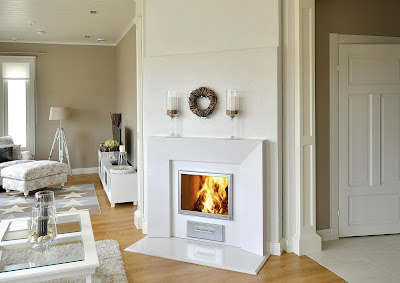Since the dawn of mankind, the fireplace has meant home, company, and rest – at least this is the picture the fireplace manufacturers like Uunisepät want to give to us. But one has to agree, that the moments in front of the fireplace symbolize relaxation and peace for us. In our imagination – and in movies - we rest, read, talk about things that happened during the day, take a nap, and spend quality time alone or with other family members around the fireplace.
There might be something truly primitive in our love for fireplaces. At ancient times, the fire had a straight connection with food and safety. Fire was used for cooking food, and it kept the wild animals away. It was the fireplace where people gathered, ate their food and got their shelter. The fire provided the essential needs for humans, food, warmth and safety. The same words are linked closely to our idea of home – so the image of the fireplace that is related to home, company and rest might not be so imaginary after all.
Today we live in elementary houses heated with electricity and oil, and we have all the electrical equipments needed for preparing the food. Still almost all ready-made, electrically heated new houses in Finland have a fireplace in it. A romantic person would tend to think that it is because of the atmosphere – for what it might as well serve – but there are practical reasons for putting the fireplace in new home. It is, once again, for the safety and warmth.
Even though the fireplace is not used as the only source of heating, it provides excellent secondary and a substitute source of heat. Although rarely in the industrial countries, electricity breaks do happen, and during the cold winter time those kinds of accidents can be fatal in Northern countries. And of course the electricity breaks up North are most likely to happen during the winter, when the electricity system is heavily used. The possibility of electricity breaks caused by overload is likely to happen, when the usage of the system increases dramatically, usually because of sudden temperature drops. For emergency moments like this, the manufacturers of new houses have decided to add the fireplace to their houses – and in addition, we get the atmosphere the fireplace can give.









